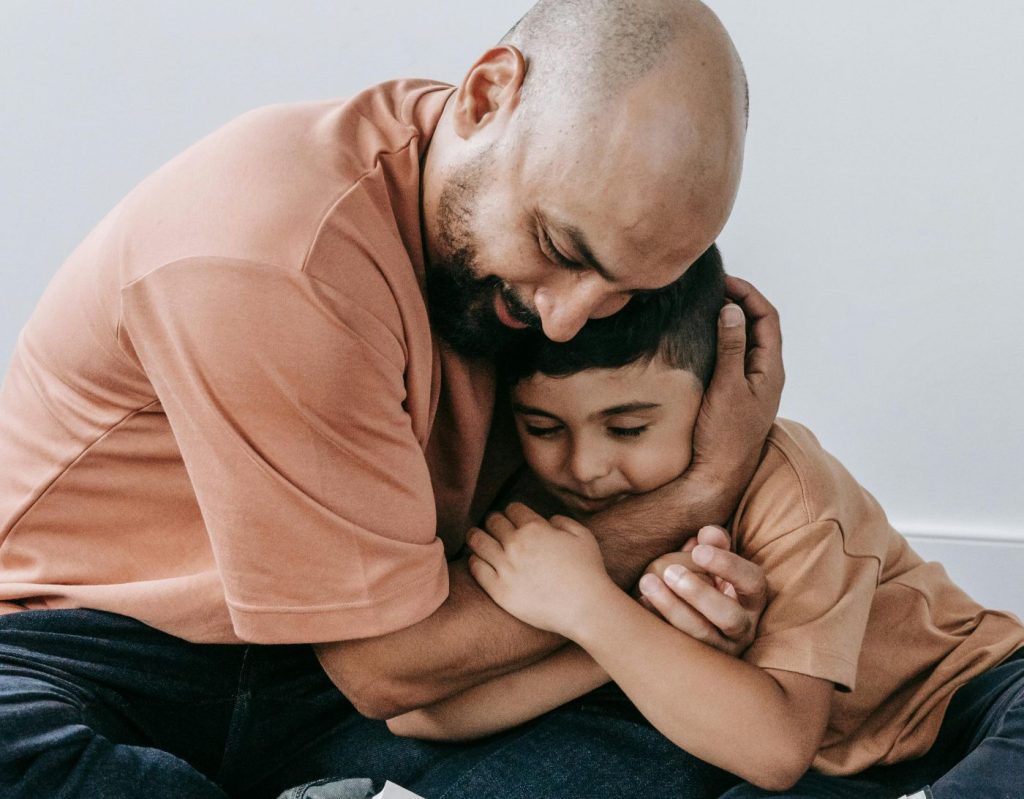Inspired by “No-Drama Discipline” by Dr. Daniel Siegel and Dr. Tina Payne Bryson
All too often, when we think about discipline, we start by asking the wrong questions.
It’s automatic. We see an unwanted behavior and jump into action: How do I stop this? What consequence will work? How can I make sure this doesn’t happen again?
We assume that stopping the behavior now is the pathway to raising a respectful, well-adjusted human later.
But when we focus only on shutting behavior down, we miss the deeper opportunity that discipline offers.
Contents
ToggleWhat Is Discipline Really For?
True discipline isn’t about control. It’s about teaching.
The word “discipline” shares roots with “disciple,” meaning to guide or teach. If we want to take an effective approach to discipline, we must begin by asking a more expansive question:
What skills do I want my child to build?
Most of us want our children to learn how to:
- Think before they act
- Consider others’ feelings
- Regulate their emotions
- Manage their impulses
But if we respond only with punishments, threats, or raised voices, we keep their brains locked in the stress state that led to the behavior in the first place. They can’t learn those skills from a place of fear or shutdown.
A Developing Brain Needs Support, Not Shame
Children are not born knowing how to regulate themselves. They have big feelings and small bodies, and not a lot of control over either. Their prefrontal cortex, the brain’s command center for reasoning, empathy, and self-regulation, is still under construction.
When a child “misbehaves,” they’re often showing us where their brain development hasn’t caught up yet. They’re not giving us a hard time. They’re having a hard time.
Our job is to hold a vision of who they’re becoming and offer the scaffolding to help them get there. That means setting boundaries and bringing empathy. It means having compassion for where they are today and faith in who they’re becoming.
Connection First, Then Redirection
So how do we promote cooperation and support emotional development?
We start with connection. A child who feels seen, soothed, and safe is more able to access the higher parts of their brain—the parts that allow them to reflect, learn, and grow.
Disconnection, especially when paired with parental anger or harshness, puts the child’s brain into survival mode. In that state, they can’t learn. But when we connect first, they can come back into balance and be more open to guidance.
A Simple Blueprint for Connection
Next time your child is melting down or acting out, try this sequence:
- Check your own nervous system.
Take a breath. Ground yourself. Ask, “Am I calm enough to offer calm?” - Shift your posture.
Get low and soft. Literally kneel or crouch to their eye level. Use a gentle tone and body language that says, “I’m here with you, not against you.” - Ask yourself WHAT.
What might they be feeling or needing right now? Are they tired, overwhelmed, hungry, frustrated? - Ask yourself WHY.
Why might this be happening? Is it a transition issue? A lagging skill? A sensory or communication challenge? - Ask yourself HOW.
How can I support them in this exact moment?
- If they’re still dysregulated, offer co-regulation: calm presence, deep breaths, soothing touch if they want it.
- If they’ve calmed, invite collaboration: “That was hard. Want to figure it out together?”
What Happens When You Lead with Connection
When you approach discipline this way, you’re doing so much more than managing behavior. You’re literally helping your child’s brain grow. You’re:
- Modeling how to calm down
- Making space for big feelings
- Helping them connect emotion to need
- Teaching problem-solving and executive function
That’s real discipline. That’s the long game.
It’s a Practice for Both of You
There’s no perfect script, and no one gets it right every time. There are a million ways to apply these principles, and just as many chances to try again tomorrow.
So as you lean into this approach, remember: your brain is growing too. Patterns take time to shift. Go gently with yourself. Compassion and collaboration lead the way, every time.
